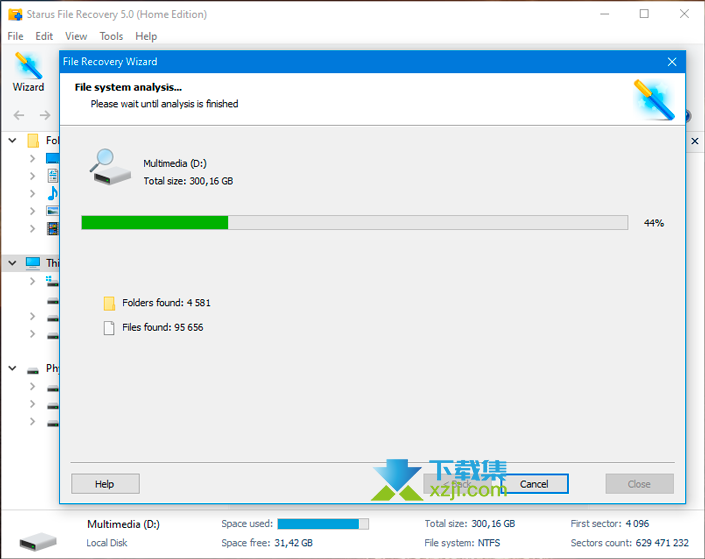
If the RAW partition carries a large number of files, use one of the methods below to recover files from a RAW external hard drive. If it is a new hard drive that shows a RAW file system in Windows Disk Management, simply format the disk with a file system that can be recognized by a Windows computer. By performing RAW drive recovery, you can get back lost files successfully. Your files are still on the drive but not easily accessible by the Windows computer. However, a RAW drive or RAW partition is never an announcement of permanent data loss. You are asked to format the drive before you can use it, or a window pops up that says the volume doesn't contain a recognized file system. If your disk or partition is RAW, Windows doesn't allow users to use this drive and access files stored on it. RAW drive recovery: recover data from RAW partition The type of file system is RAW means the Windows operating system can't recognize a storage device because it contains an unknown or no file system. There are three types of Windows file systems: FAT (FAT32 and exFAT), NTFS, and ReFS. Without a working file system, your data will be stored as big chunks on a disk and new data could be easily placed on a section that is already full, causing the original data to become overwritten. RAW drive recovery: recover lost files from RAW partitionĪll modern consumer storage devices such as an SSD, HDD, memory card, or USB flash drive require a file system for the computer operating system to read and write data efficiently.You can either recover the RAW partition by fixing it to a recognizable format such as NTFS or FAT or directly get files off the RAW drive with RAW data recovery software.

There mainly are two most effective ways to recover data from a RAW partition or drive. This situation is not as desperate as you may expect. Error messages indicate your drive or partition is RAW.ĭon't panic. It is such a bummer when Windows suddenly can't recognize your USB flash drive, SD card, or hard drive full of important files.


 0 kommentar(er)
0 kommentar(er)
